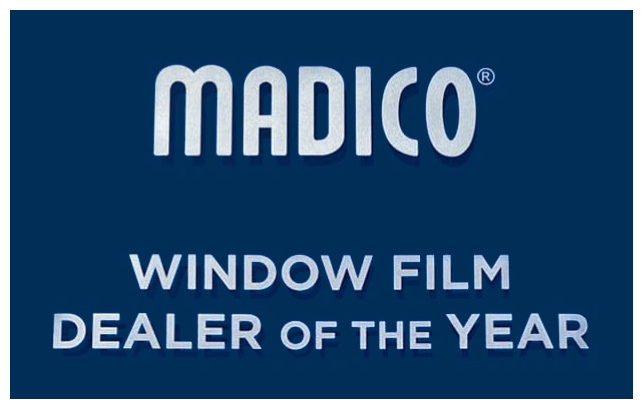Over the past decade or so, there has been a dramatic increase in office buildouts by some of the country’s most prominent general contractors. Reconfiguring office space rather than new construction has proved to be a cost-effective alternative for many companies. As companies are asking their employees to return to their offices after several years of COVID-related working-from-home policies, demand for building office space is on the rise as well.
In the past, closed-off, dark offices and similar conference rooms were the norm. So, the trend toward open offices and conference rooms featuring large amounts of glass is a major shift in office design. Everything is more open – and inviting – largely because there’s lots of glass.
These glass offices and conference rooms have benefitted the workplace in a number of ways. The openness of the glass gives the appearance of a larger, more open space. The aesthetic look of an open workspace with glass offices and conference rooms is a huge upgrade from walled-off space. Employees benefit as well working in a psychologically appealing atmosphere.
One issue with the new-look, open office space featuring significant amounts of glass: Privacy is lacking. Since privacy remains important to most employees and managers, office space designers have come up with innovative ways to keep the open look but add a touch of privacy as well.
As a result, the emergence of privacy window films has added an entirely new dimension to the look and appeal of the modern office. Also known as decorative window films, or privacy/decorative window films, they not only enhance the beauty of the glass but provide some privacy as well. Groups of employees can work in a conference room with a sense of freedom from the moderate boundary privacy film provides. Individuals working in offices with glass fronts also gain privacy from the installation of a decorative window film. The decorative part of the film relates to the many patterns and colors available. So popular are the privacy/decorative window films, architects and designers are often automatically adding them to their buildout specifications.
“I’ll Feel More Comfortable Knowing The Installation Has Been Done Correctly If Commercial Window Shield Completes The Work.”
Phyllis Liebman, Senior Construction Manager,
Vornado/Charles E. Smith
